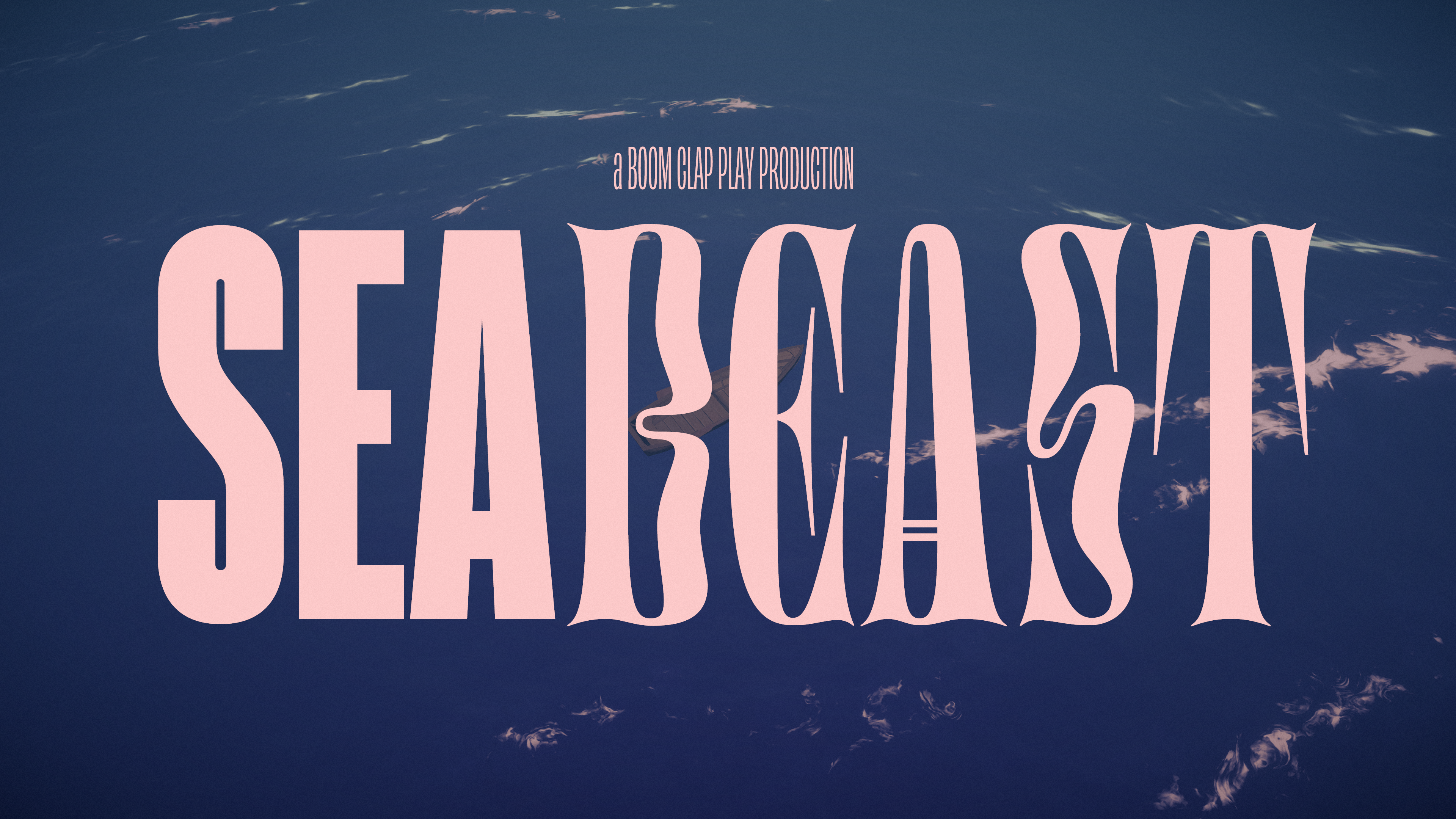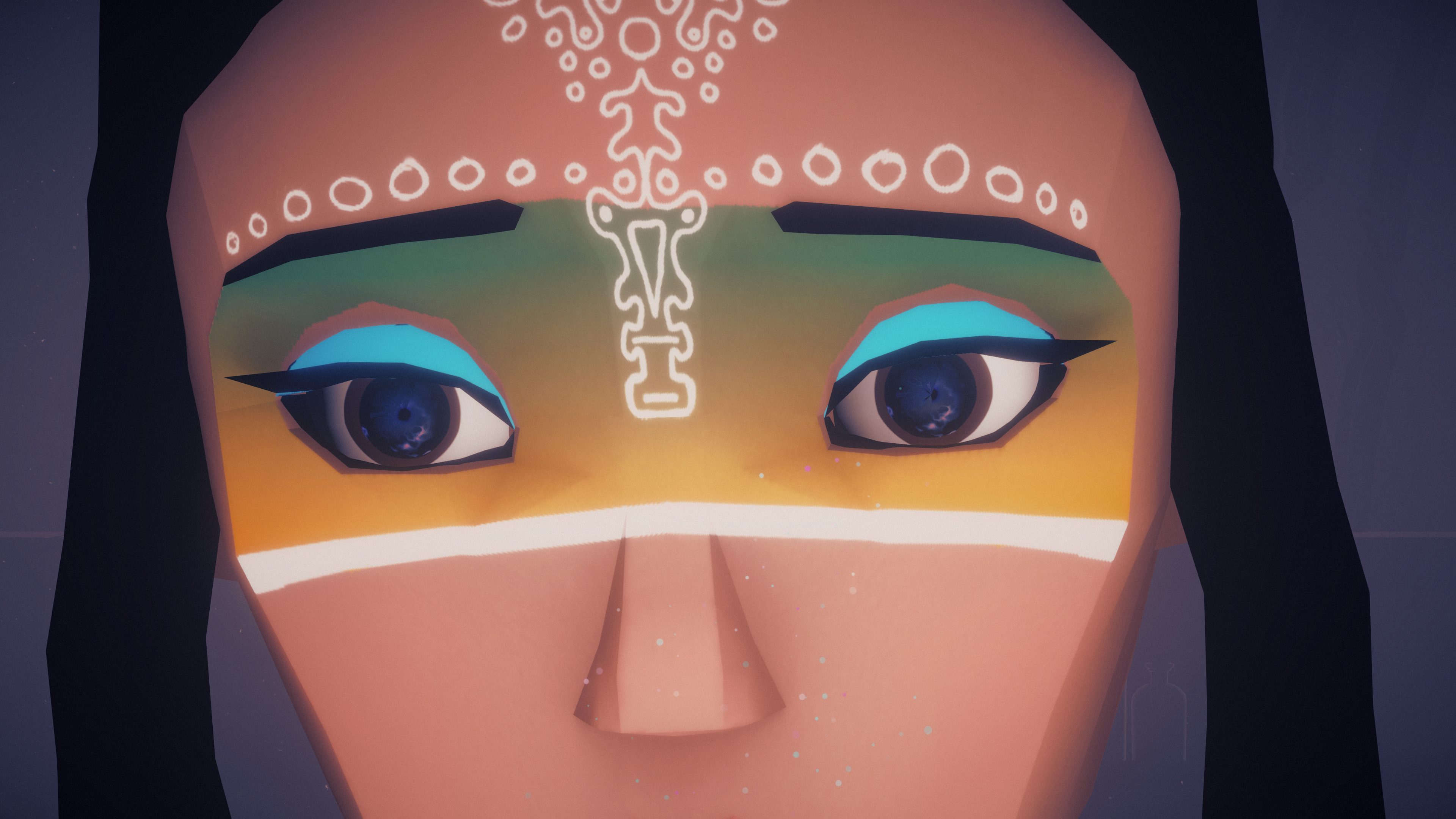
We set out to bring the Inuit Sedna myth to life in a visually striking animated short—crafted remotely in Unity during lockdown.
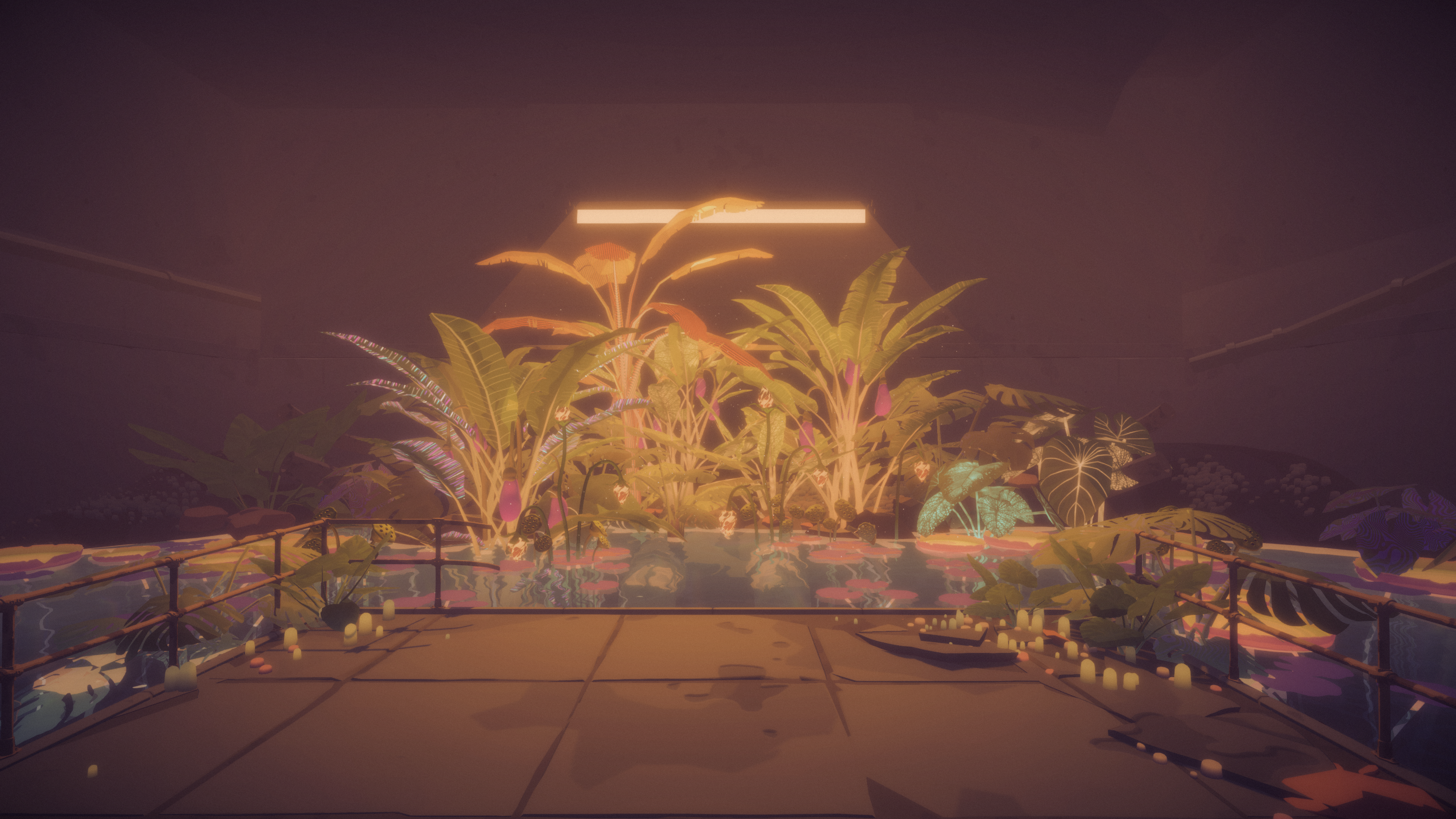
Through a modern lens
The Sedna myth is one of transformation, loss, and rebirth. Its surreal imagery—fingers turning into sea creatures, the shaman combing her hair, the brutal betrayal of a loved one—offered a deep well of inspiration. Drawn to the myth’s visual and emotional power, we wanted to explore its themes through a modern lens. In our version, the story shifts from one of creation to one of consequence—a tale of nature’s resilience in a world shaped by humanity’s actions.
At the same time, we saw this project as an opportunity to experiment. Unity’s real-time rendering capabilities had opened new possibilities for filmmaking, allowing for a streamlined production pipeline, real-time cinematography, and a more dynamic creative process. This was a chance to push the boundaries of the toolset, balancing efficiency with handcrafted artistry.
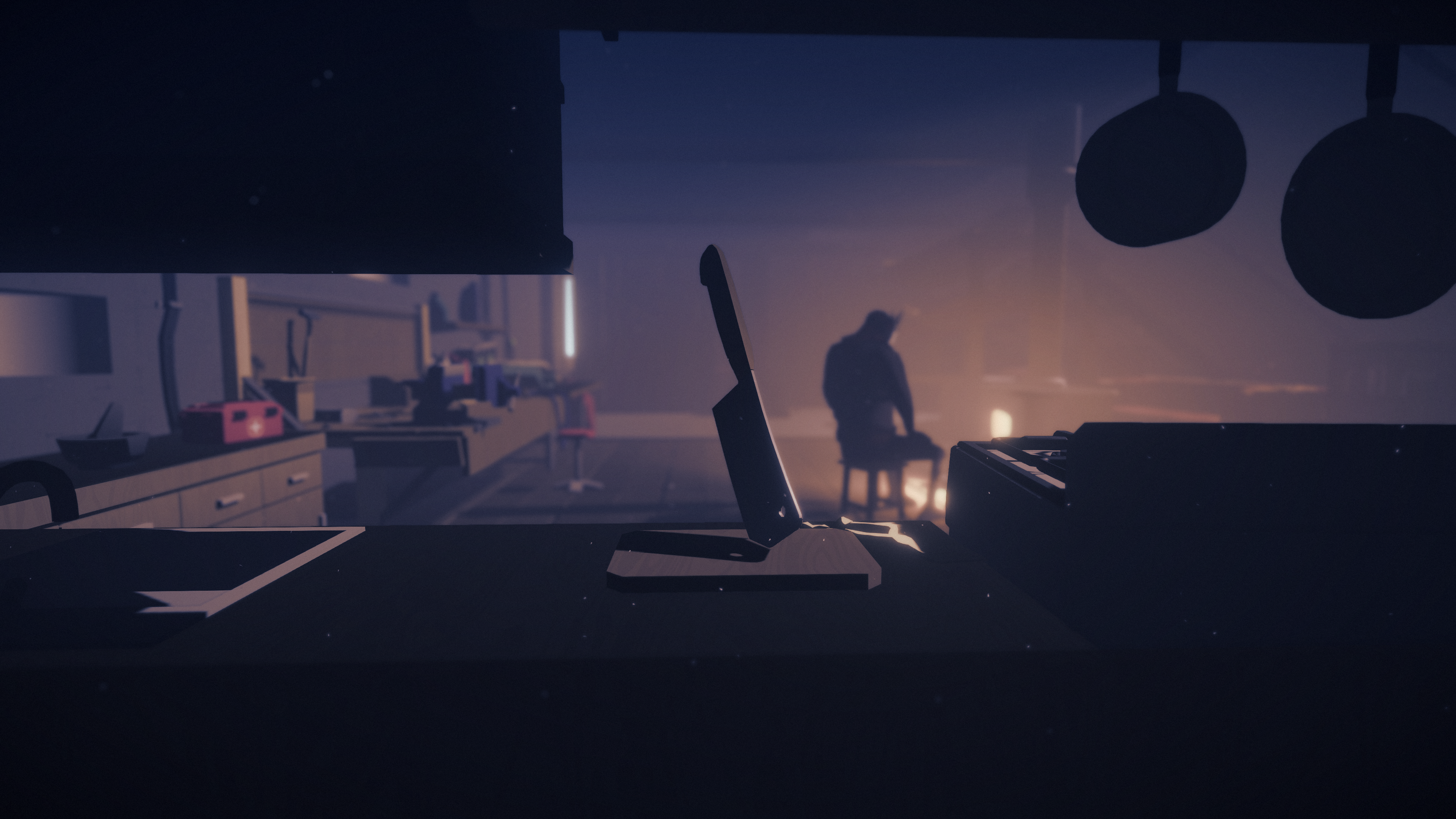
Creative and technical challenges using Unity
From the outset, we knew this production would be unconventional. Working with a remote team presented both creative and technical challenges, particularly during lockdown. The usual rhythm of creative collaboration—spontaneous discussions, sketching together, refining ideas in the same space—was replaced with video calls, asynchronous feedback, and version control workflows.
We leaned heavily on Unity’s real-time engine to adapt, allowing multiple artists to work in parallel while maintaining a live, interactive view of the project. Cinematography, lighting, and scene composition could be updated in real time, giving us greater flexibility than traditional rendering pipelines. However, as the project progressed, we also encountered limitations. While real-time editing allowed for immediate iteration, certain refinements—particularly in rendering polish—were more challenging than expected. The balance between artistic control and technical constraints became a key learning experience.
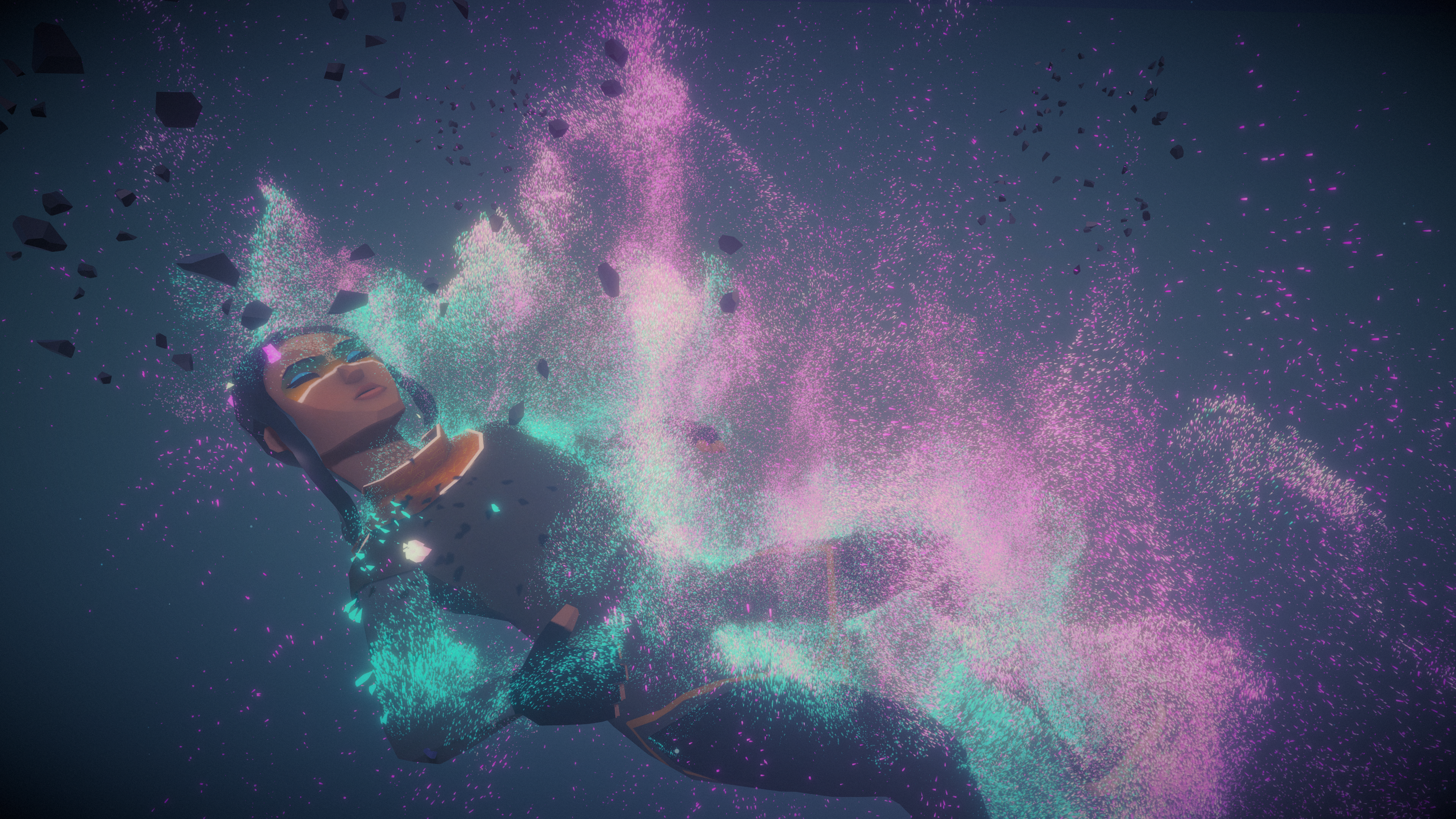
Handcrafted aesthetics with real-time tools
The final film blended a refined, stylised aesthetic with an immersive, cinematic atmosphere. We aimed for a painterly, sculptural approach to geometry and character design, creating a world that felt both abstract and emotionally grounded. The colour palettes shifted between murky, dreamlike environments and stark, unsettling moments, reinforcing the themes of transformation and loss.
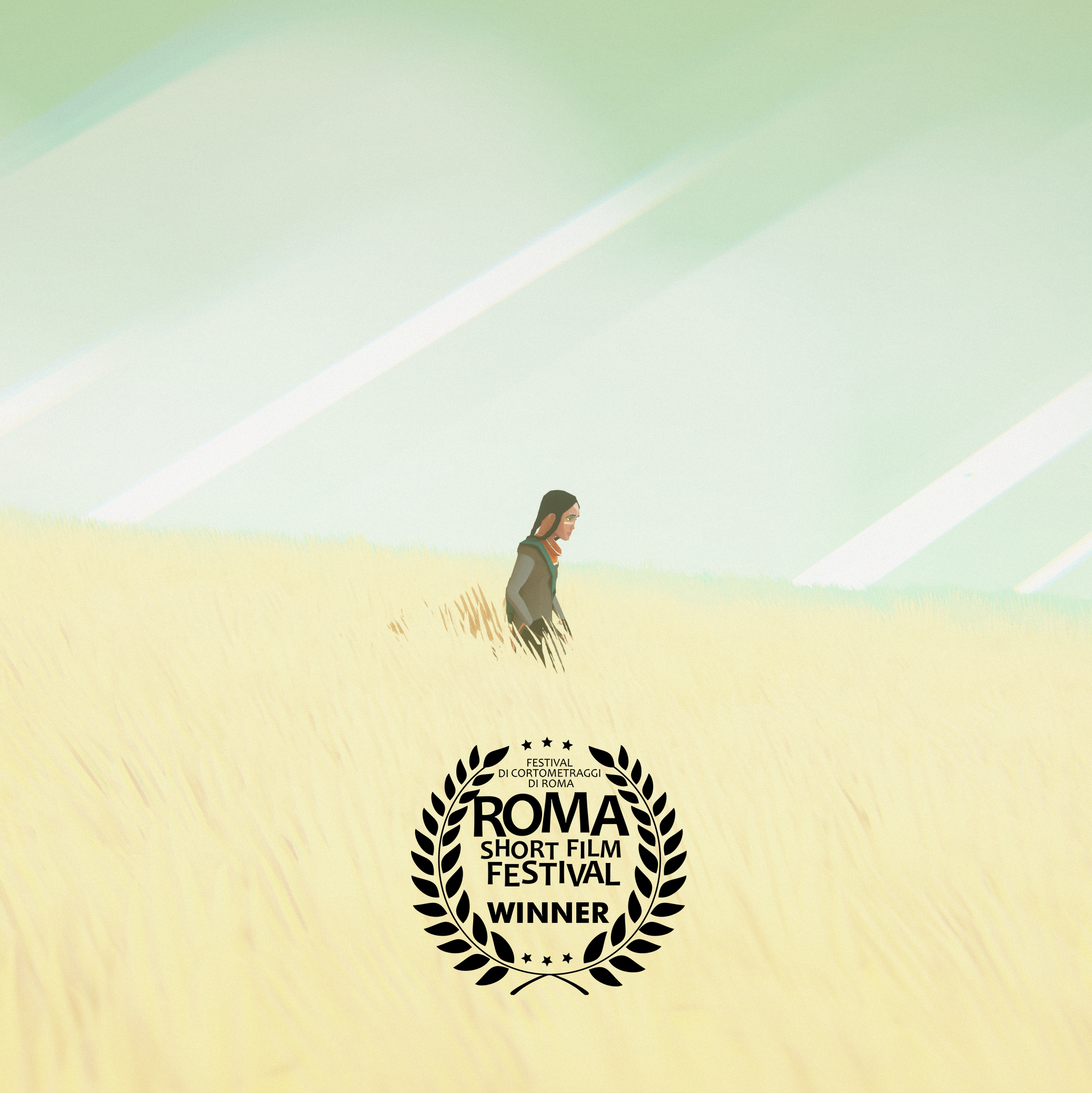
The sound design followed suit—contrasting the figurative visual style with hyperreal soundscapes, blending organic acoustic elements with electronic textures to create an evocative, almost otherworldly quality.
Despite the challenges of remote production, the film made a strong impression. It went on to earn Best Animated Short at the Roma Short Film Festival in Italy, a recognition of the work’s distinct visual and narrative approach.
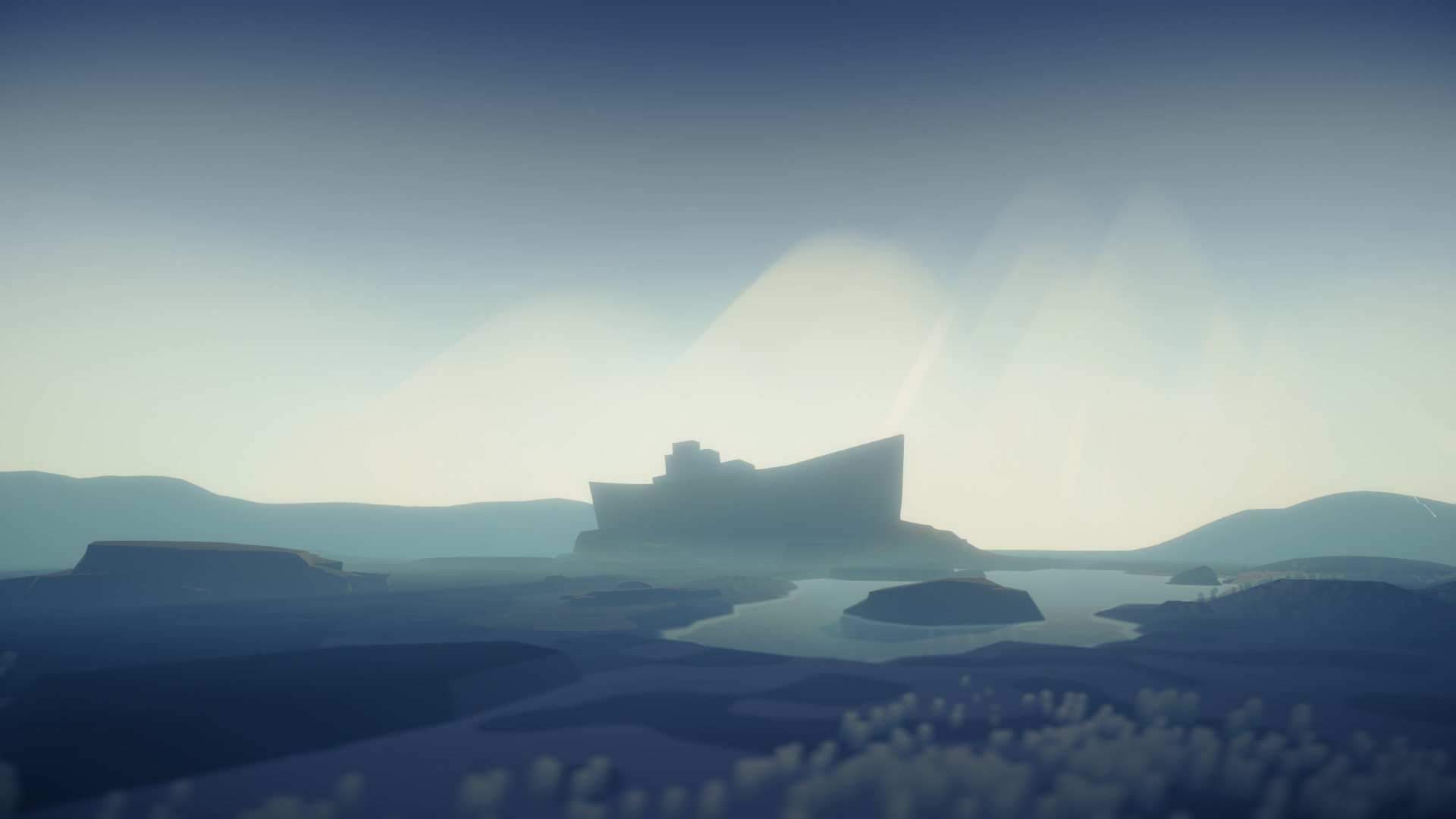
Blending tradition and tech
This project reinforced the importance of choosing the right tools for the right kind of storytelling. Unity’s real-time engine provided unmatched flexibility in certain areas, but also presented trade-offs when refining a cinematic aesthetic. The process challenged us to think differently about visual storytelling—leaning into the strengths of the medium while developing creative solutions for its limitations.
Beyond the technical lessons, the project also deepened our understanding of atmospheric, immersive storytelling. Through pacing, cinematography, and sound, we shaped a film that was less about exposition and more about experience—where emotion was felt as much as it was seen or heard.
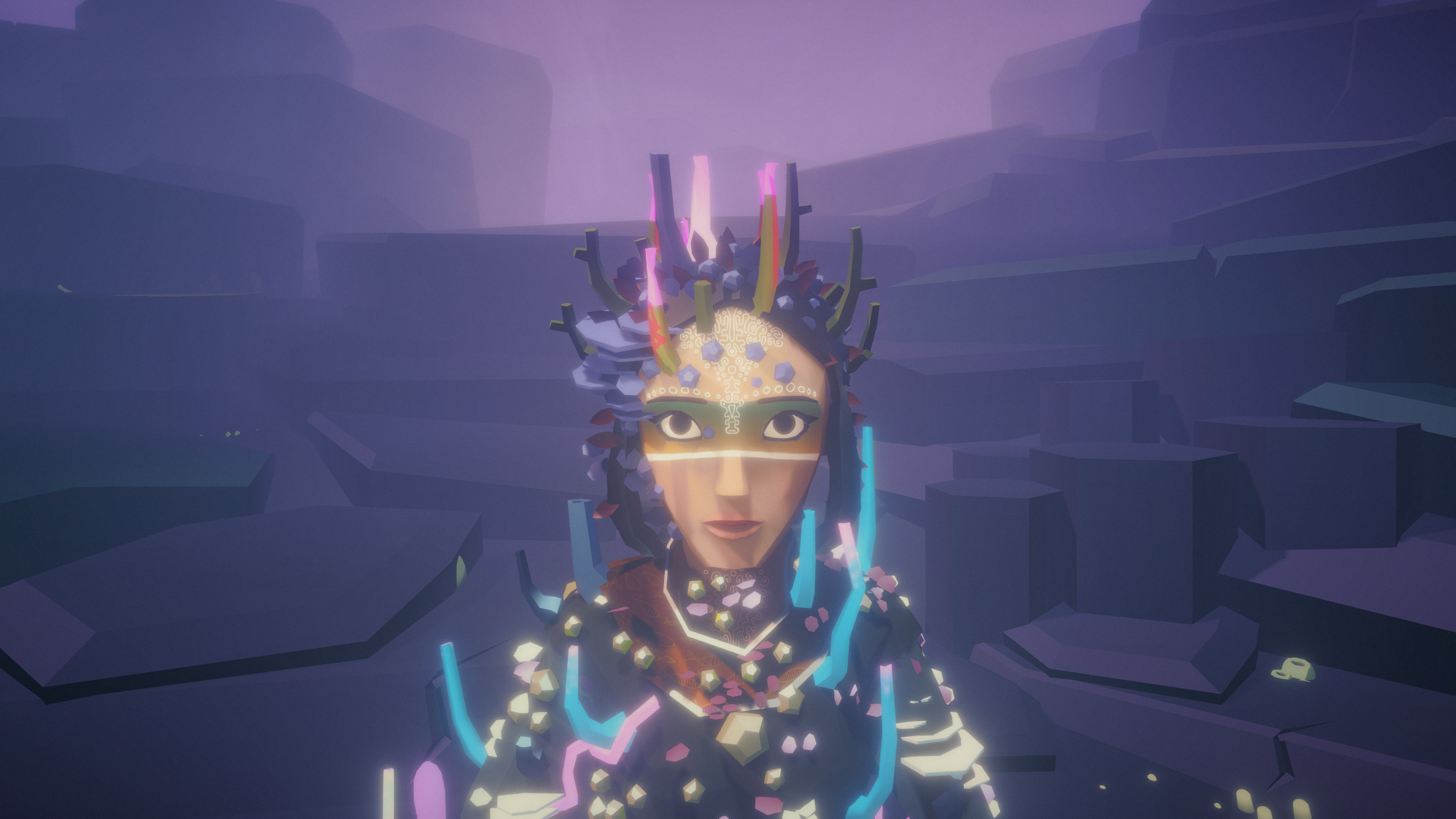
Reshaping our storytelling approach
This journey wasn’t just about producing an animated short—it was about pushing creative tools beyond their traditional boundaries. It reaffirmed our belief that every project is an opportunity to learn, refine, and evolve—not just in technical skill, but in how we think about storytelling itself.
